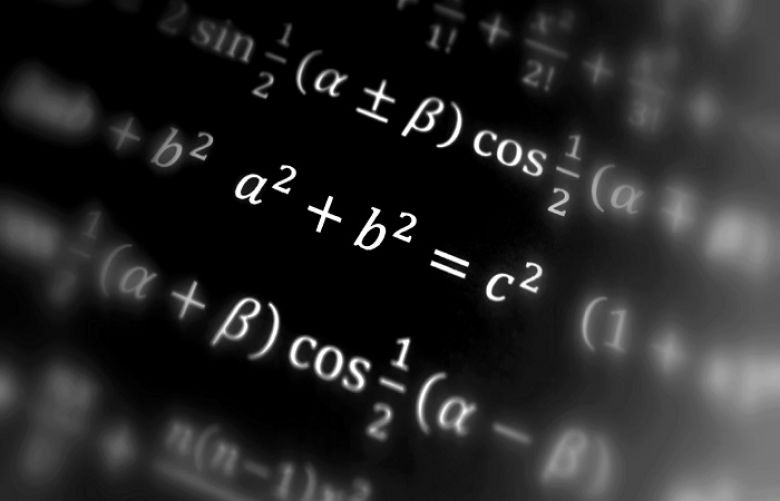A trio of academics presented the prizewinning solution to a 35-year-old maths problem last week. But verifying it may be a problem in itself: reading it would take 10 billion years.
Boolean Pythagorean triples is not a shameful contagious disease but a long-unsolved enigma within a field called Ramsey theory.
It was such a brainteaser that nearly 30 years ago renowned American mathematician Roland Graham offered a cash prize to anyone who could solve it. It was only $US100, but still.
The self-declared winners Marijn Heule, Oliver Kullmann and Victor Marek, of the universities of Texas, Swansea and Kentucky, respectively unveiled their proof at the international SAT 2016 conference in Bordeaux, France.
By their own account, they cracked the puzzle “using cube-and-conquer, a hybrid satisfiability testing (SAT) method for hard problems”.
But colleagues, they acknowledged, wanted to see the proof in the pudding.
“Due to the general interest in this mathematical problem, our result requires a formal proof,” they explain in an abstract.
The resulting string of symbols is equivalent to “all the digitalised texts held by the US Library of Congress”, about 200 terabytes of data, according to the newsletter of France’s National Centre for Research.
That’s 200,000 billion octets, for those more comfortable thinking in the base unit for digital information.
The problem itself is (almost) understandable. It asks if it is possible to colour positive whole numbers (such as 1, 2 or 3) red or blue such that no sequence of numbers that satisfy Pythagoras’s famous equation a2 + b2 = c2 are the same colour. If a and b are red, for example, then c could be blue. But all three could not be blue or red. The proof shows that such a colouring scheme is, in fact, possible up to the number 7824. Beyond that, however, it doesn’t hold.
Crunching the numbers took two days of computer time on the Stampede supercomputer at the Texas Advanced Computing Centre.







